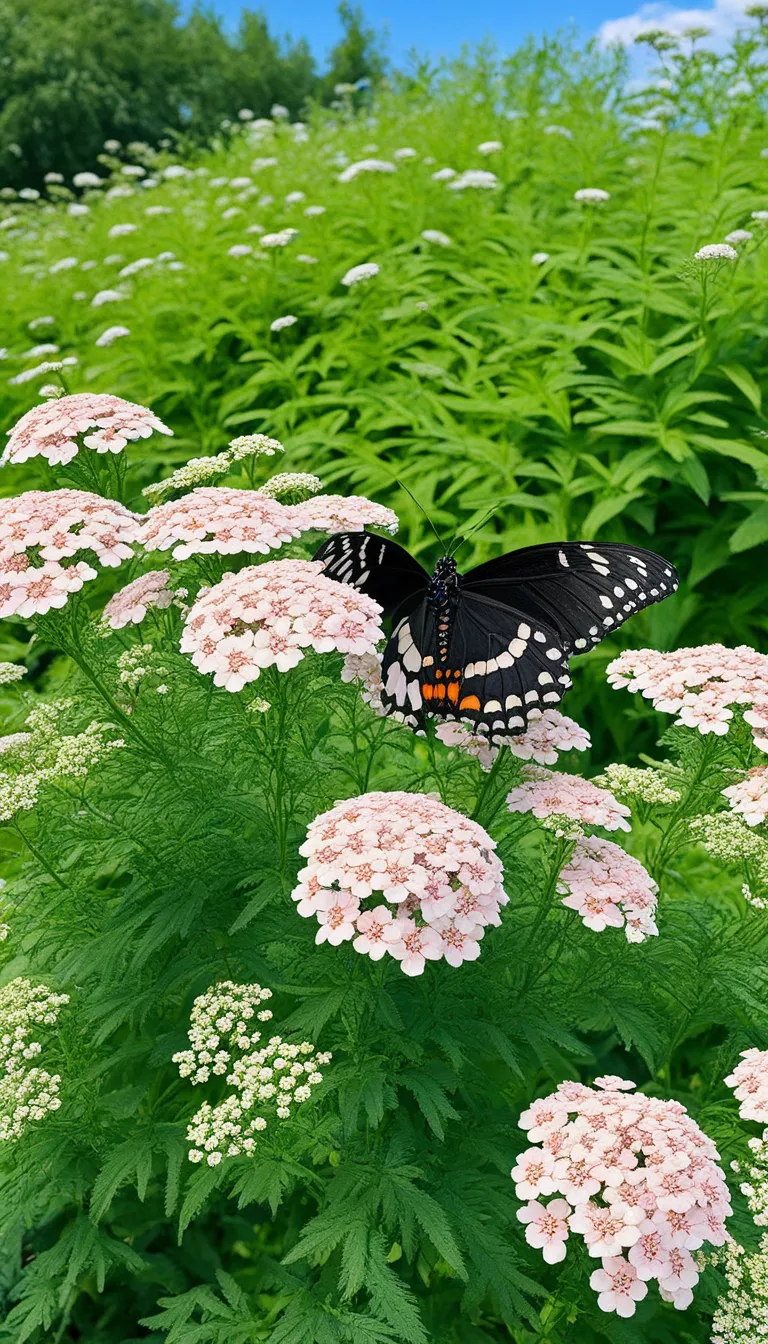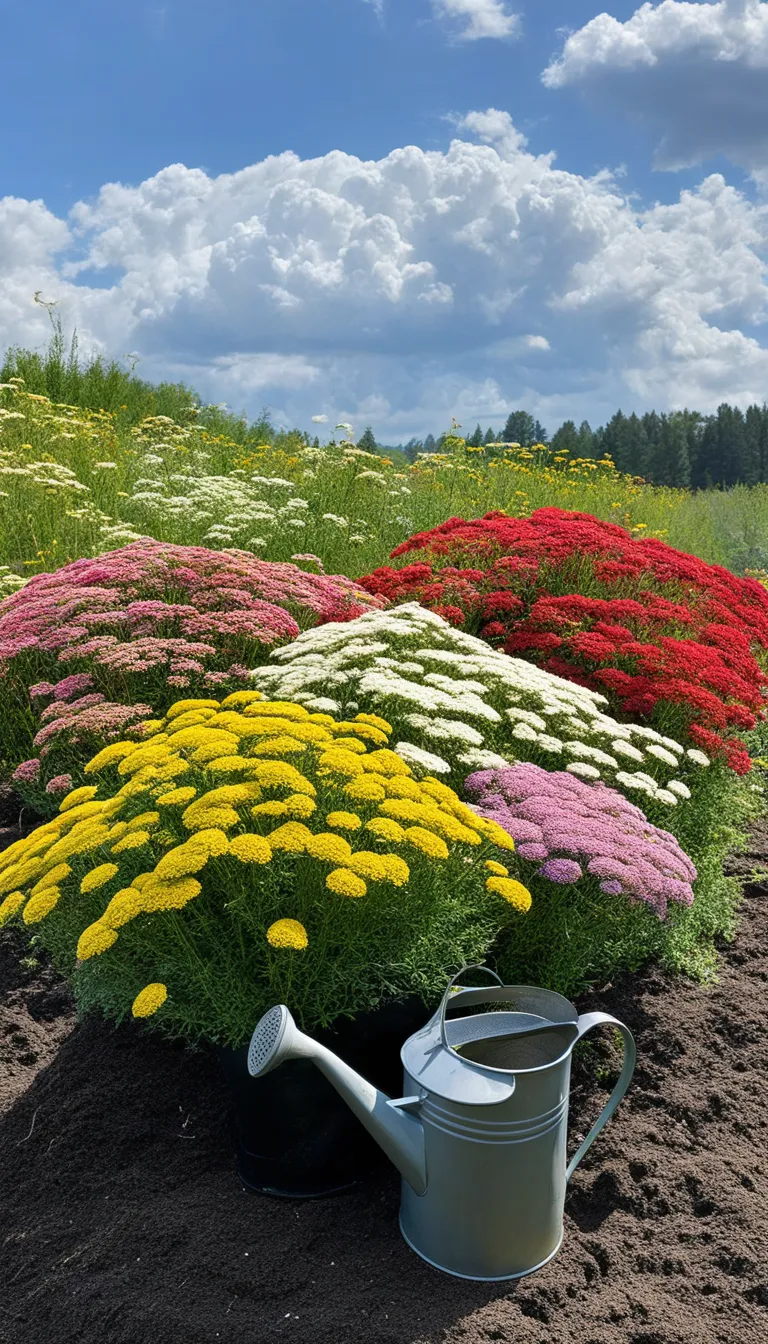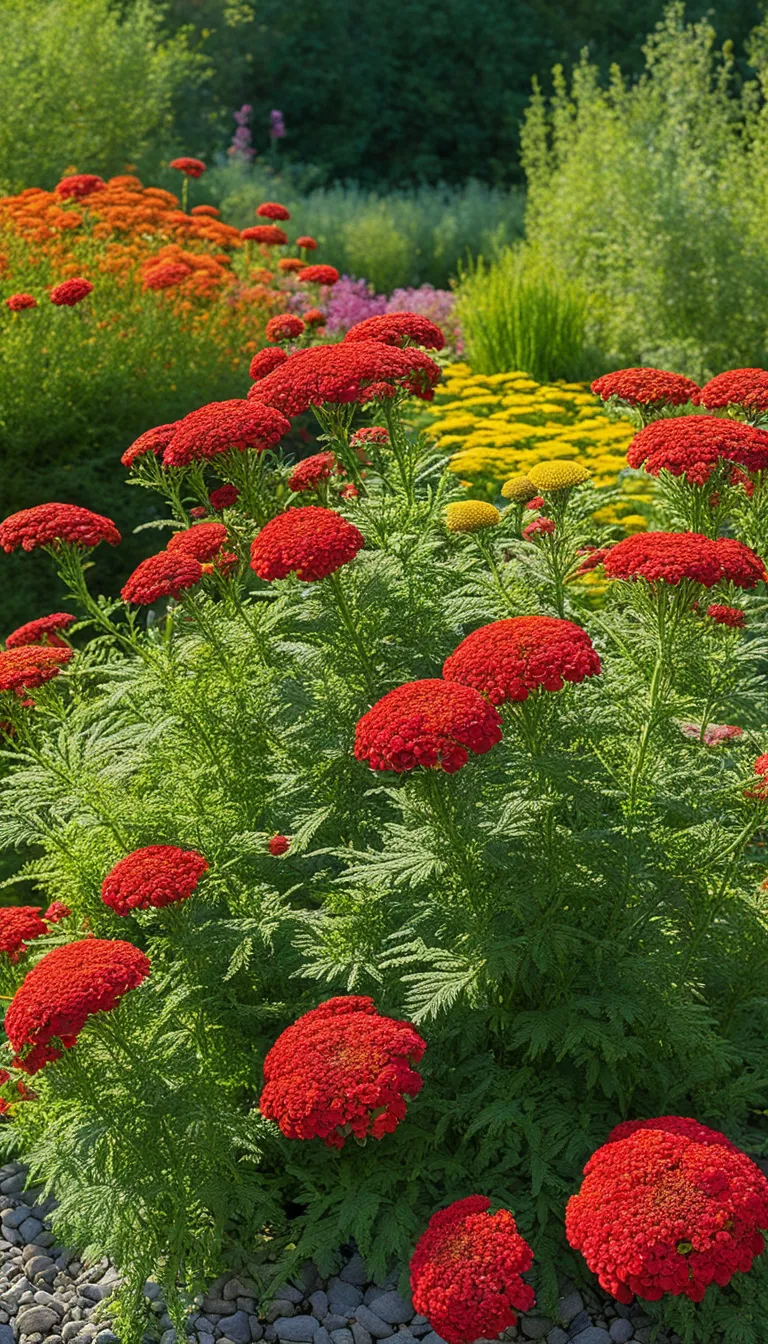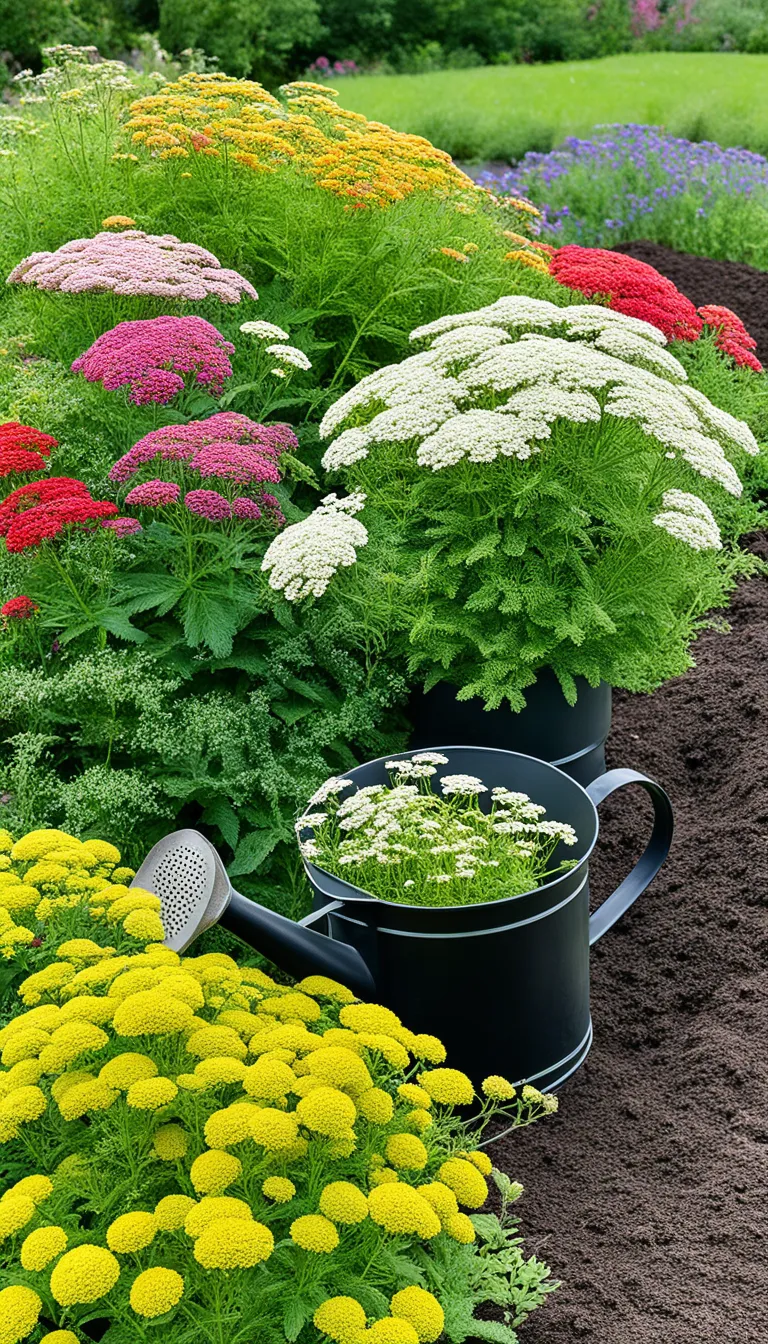Discover the world of Achillea, a perennial favorite among gardeners for its hardiness and vibrant colors. This robust plant, often gracing gardens with its presence, is a true spectacle of nature’s resilience and beauty. With a variety of species, each Achillea brings a unique touch to the landscape, making it a versatile choice for both novice and experienced gardeners alike.
Are you in search of a plant that not only withstands the test of time but also adds an explosion of color to your garden? Look no further! Achillea, or yarrow as it’s commonly known, is the botanical surprise you’ve been waiting for. Its feathery foliage dances in the breeze, while its clustered flowers create a visual feast for the eyes. And the best part? It’s incredibly easy to care for, making it a perfect addition to any garden.
Imagine a plant that not only thrives with minimal attention but also attracts a host of pollinators. Achillea does just that, with its nectar-rich blooms becoming a haven for bees, butterflies, and other beneficial insects. This not only contributes to the health of your garden but also supports local ecosystems. So, by choosing Achillea, you’re not just beautifying your space—you’re also playing a part in nurturing wildlife.
But Achillea isn’t just about looks and ease of care; it’s also steeped in history and folklore. Named after the Greek hero Achilles, who reportedly used it to treat his soldiers’ wounds, this plant comes with a story as rich as its floral display. Whether you’re a history buff or simply appreciate plants with a past, Achillea is sure to captivate your imagination.

What is Achillea?
Achillea, commonly known as yarrow, is more than just a pretty face in the plant kingdom. This genus, belonging to the family Asteraceae, is a trove of resilience and feather-like charm. But what truly sets Achillea apart in the crowded world of flora?
Firstly, its feathery foliage is not just a delight to the touch; it’s a visual spectacle too. The finely dissected leaves create a soft, almost ethereal texture that can soften any garden space. And let’s not forget the flowers! Achillea blooms form dense clusters of tiny, vibrant flowers that can range from white to pink, red, and yellow. These are not just explosions of color but are also a magnet for friendly pollinators like bees and butterflies.
What’s more, yarrow is a storyteller of sorts, with a history that dates back to ancient times. It’s said that the legendary Greek hero Achilles used this very plant to treat his soldiers’ wounds. Now, isn’t that a conversation starter for your next garden party?
But here’s the kicker: Achillea is not just a beauty with a story; it’s a warrior in terms of durability. It thrives in a range of conditions, from dry soils to coastal gardens, making it a versatile choice for gardeners. Whether you’re an experienced green thumb or a budding enthusiast, Achillea is a forgiving friend in the plant world.
- Feathery foliage that adds texture to gardens
- Dense clusters of flowers that come in a variety of colors
- Attracts pollinators like bees and butterflies, supporting biodiversity
- Historical significance dating back to ancient times
- Hardy and adaptable, ideal for various garden conditions
In conclusion, Achillea is a celebration of resilience and beauty, a plant that brings both history and biodiversity to your backyard. It’s a perennial favorite for a reason, and its carefree nature makes it a joy for gardeners worldwide.

How to Care for Achillea?
Are you ready to make your Achillea plants thrive? These hardy perennials are not just a delight to the eye but also remarkably simple to care for. Let’s dive into the essentials that will ensure your yarrow is the envy of the neighborhood!
First and foremost, sunlight is your plant’s best friend. Achillea revels in full sun, so choose a spot that basks in sunshine for the majority of the day. This will not only boost growth but also intensify the vividness of its blooms.
When it comes to watering, Achillea is quite drought-tolerant, but during the initial growth period, consistent moisture is key. Once established, you can reduce watering, allowing the soil to dry out between sessions. This resilience makes Achillea a star in gardens that experience dry spells.
Soil requirements can’t be overlooked either. Yarrow prefers well-draining soil, and here’s a surprise – it’s not fussy about fertility. In fact, soil that’s too rich can lead to floppy growth. A tip? Mix in some sand or gravel for that perfect drainage balance.
Explosive growth can sometimes mean Achillea gets a little too cozy in your garden. To keep it in check, divide the plants every few years. This will not only control the spread but also rejuvenate older plants, ensuring a burst of fresh growth and blooms.
Here’s a quick care checklist:
- Full Sun: At least 6 hours of direct sunlight daily.
- Watering: Regular until established, then can withstand some drought.
- Soil: Well-draining, not too rich; consider adding sand or gravel.
- Maintenance: Divide every 2-3 years for plant health and control.
By following these simple care tips, your Achillea will not only survive but truly flourish, bringing a surprise explosion of color and life to your garden year after year.

What are the Achillea Varieties?
Achillea, a genus rich in diversity, offers a stunning array of varieties that can bring an explosion of color and texture to any garden. From the classic white blooms of Achillea millefolium, to the surprising shades of pink, red, and yellow found in other species, the yarrow family is a treasure trove for enthusiasts and landscapers alike.
Let’s delve into some of the most popular Achillea varieties:
- Achillea millefolium – Often referred to as common yarrow, this species is known for its resilience and is a staple in many gardens.
- Achillea ‘Moonshine’ – Boasts sulfur-yellow flowers that are sure to catch the eye and add a burst of brightness to your outdoor space.
- Achillea ‘Terracotta’ – As the name suggests, this variety offers a warm, terracotta hue that brings a rustic charm to any garden.
- Achillea ‘Red Velvet’ – If you’re looking for a touch of drama, the rich, velvety red flowers of this variety are a perfect choice.
- Achillea ptarmica ‘The Pearl’ – Aptly named, ‘The Pearl’ features clusters of small, pearl-like flowers that add a delicate sophistication.
Each variety of Achillea not only differs in color but also in size and shape, providing a plethora of options for gardeners to create a landscape full of surprise and explosion of visual interest. From low-growing ground covers to taller, back-of-the-border plants, there’s an Achillea for every garden design.





